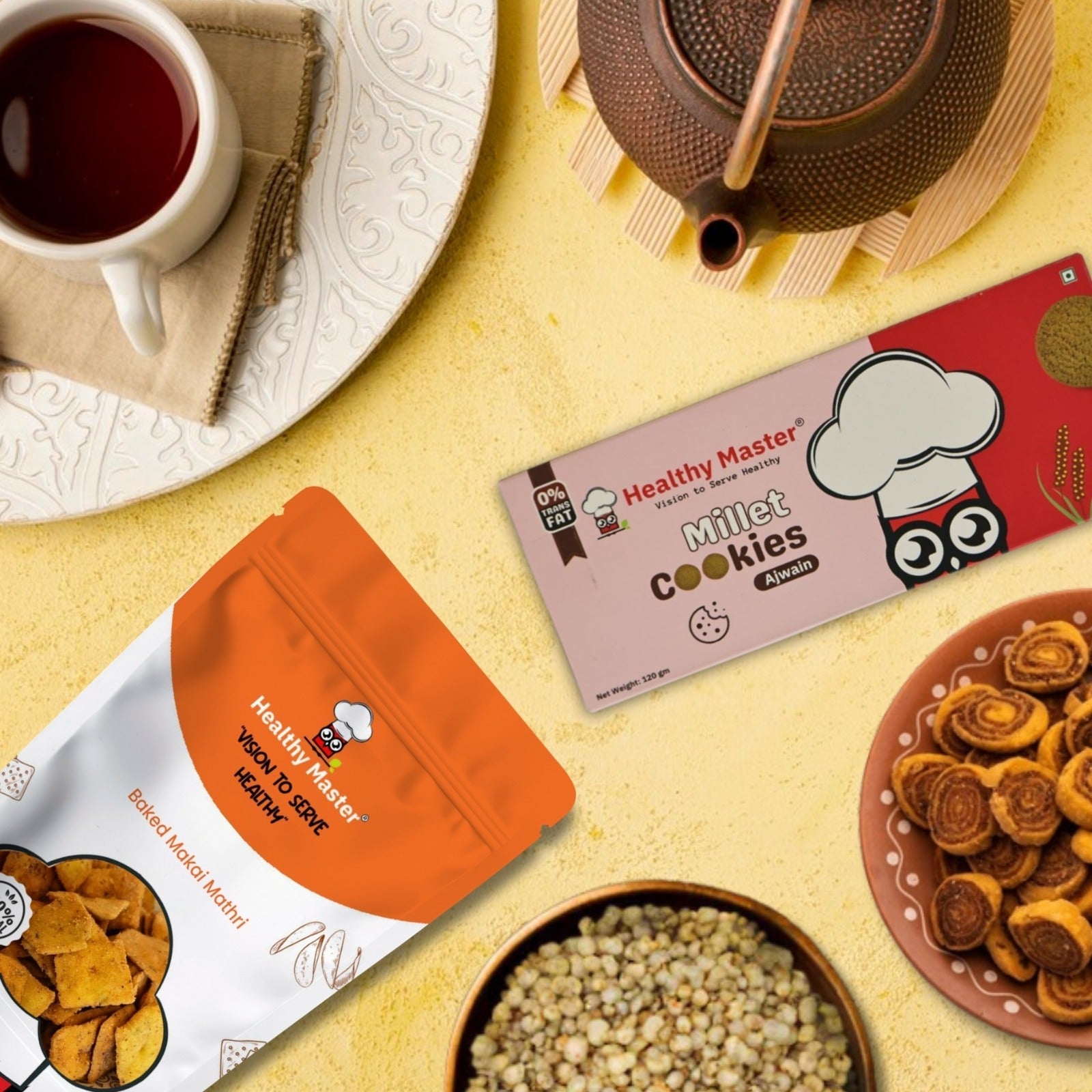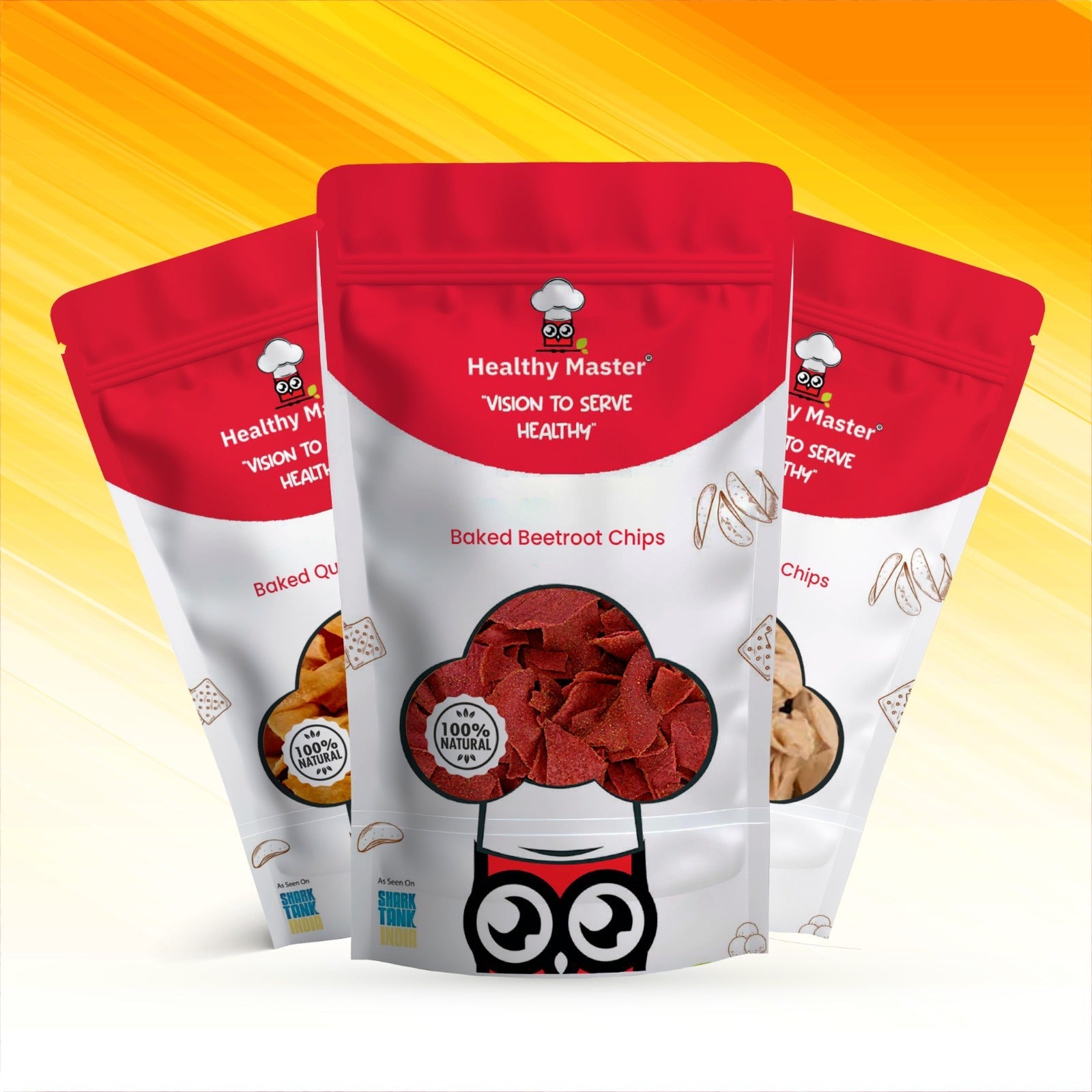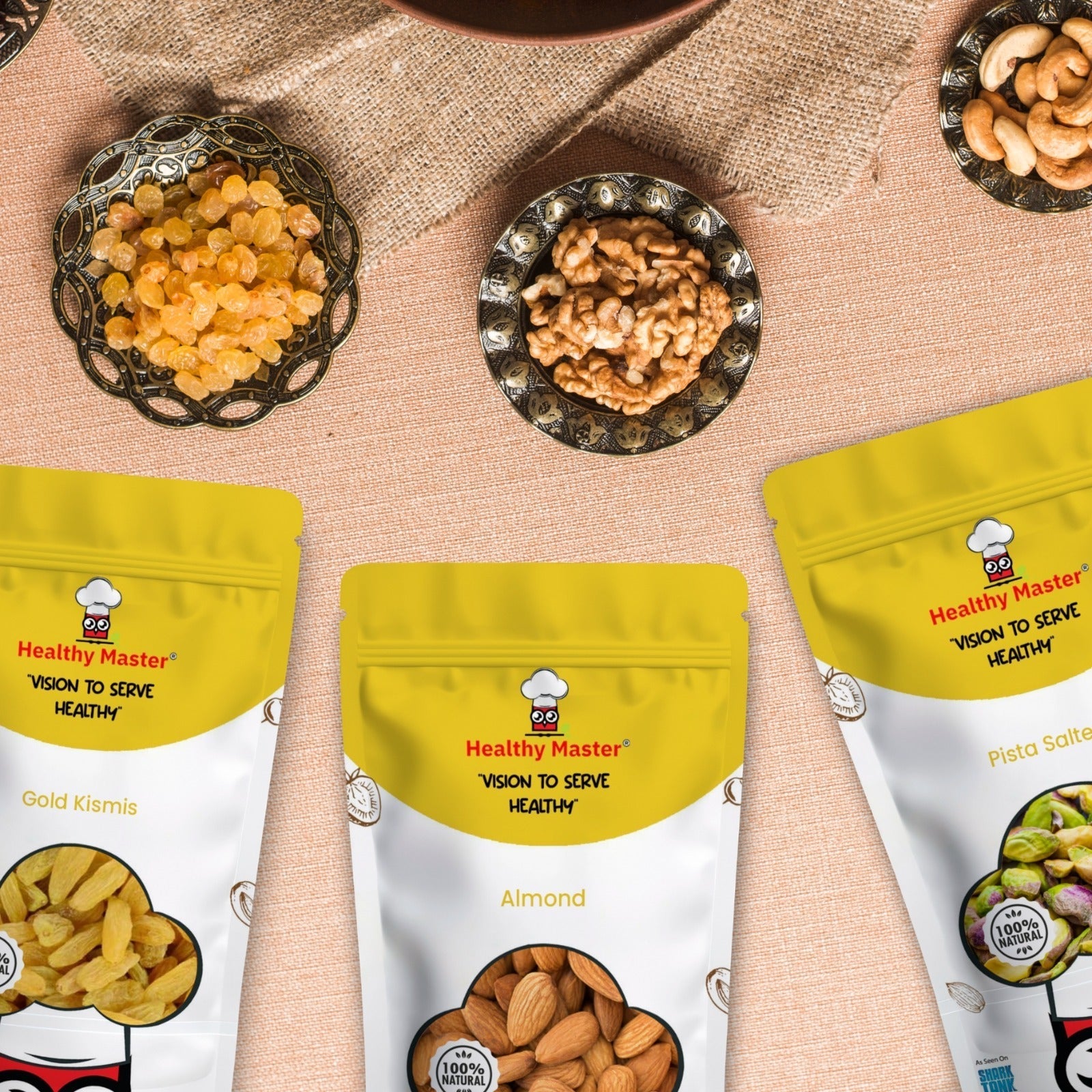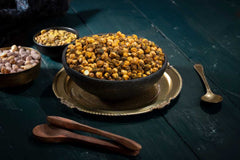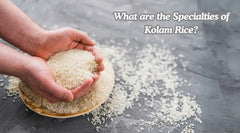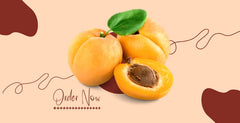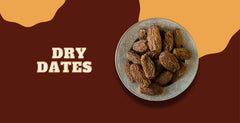Millet is hailed as a nutritious powerhouse in the grains family. This is undoubtedly due to the amazing health benefits they offer. On the other hand, maida, the refined flour, has been widespread in various culinary applications for ages. However, these days, the quest for healthier eating habits is gaining momentum, and it has become imperative to learn more about these grains to make an informed decision.
Understanding the Nutritional Superiority:
Millets have gained huge popularity within the health-conscious circle. This is undoubtedly due to the impressive nutritional profile they hold. This amazing grain from nature is packed with different types of essential nutrients like protein, fiber, vitamins, and minerals. On the other hand, they are also gluten-free, which makes them an excellent choice for people with celiac disease and gluten sensitivities. The high fiber content in this grain also aids digestion and helps in maintaining a healthy gut. On the other hand, maida can be very hard on digestion and causes different problems like constipation and gastric issues. Some studies have shown that the body will take up to 72 hours to process maida completely.
How Millet can Benefit your Body:
Millet is a powerhouse of antioxidants. The antioxidant content in millet neutralizes free radicals and reduces the risk of many chronic diseases. Additionally, this magical grain from nature also has a lower glycemic index compared to maida. This makes them a preferred choice for individuals maintaining blood sugar levels. The versatility of millet extends beyond its nutritional value. You can incorporate it into various dishes, from porridges and salads to bread and desserts. The diverse range of millet available in the market today allows culinary creativity while ensuring a nutrient-rich diet.
Maida - A Raising Concern Amongst Health Experts:
On the other side is the maida, a refined flour from wheat. Although maida is commonly used in numerous households and commercial dishes due to its fine texture and versatility, it is raising numerous health concerns among health experts. As maida is stripped of its bran and germ layers, it loses most of the essential nutrients. During the process that transforms wheat into maida, its outer layer which contains fiber, vitamins, and minerals is removed. This leaves behind a product that lacks the nutritional value of whole grains. According to the experts, consuming maida products regularly will contribute to nutrient deficiencies.
Maida is also a food that has a high glycemic index. This means that if you are diabetic, consuming maida will cause a rapid spike in blood sugar levels. Continuous consumption of high-glycemic foods will also contribute to insulin resistance and the risk of Type 2 diabetes.
Weight Management:
Millet is an ideal choice for people looking for an option to lose those extra pounds. As they contain a good amount of fiber, it promotes easy and regular bowel movement. The high fiber content also keeps you satiated and feeling full for a longer time. Maida-based foods are high in calories and very low in nutritional value. This makes millet an excellent choice for people to lose or manage their weight. Best Millet Snacks
The lack of fiber content in maida can adversely affect the digestive health of an individual. As fiber content is very important to maintain a healthy gut microbiome, the absence of these essential nutrients can lead to issues like constipation and other digestive issues. Therefore, in the battle of Maida vs Millet, the scales undeniably tip in favor of Millet.
Millet Recipes to Try:
If you are looking for an option to include millet in your daily diet, there are different options you can try. They are simple and completely healthy for all age groups and health types.
- Millet Khichdi:
Millet khichdi is a simple one-pot gluten-free dish you can make using millet. The mix of different spices and vegetables makes this dish a favorite for many. One can enjoy this dish without any side dishes or with yogurt or pickles. This dish is also best for people who are new to millet consumption and want to incorporate it into their day-to-day diet.
Ingredients:
- ½ Cup millets
- ½ Cup moong dal
- 2 ½ Cup water
- 1 Cup mixed veggies
- ¼ Cup methi leaves
- 1 Tomato small
- 1 ½ or 2 tbsp Ghee
- 1 tbsp Cumin seeds
- ½ tbsp red chili powder
- ⅛ tbsp turmeric
- ½ tbsp salt
- ¼ tbsp garam masala
Instruction:
Wash and soak millets and dal for 30 mins to 1 hr. The longer you soak them, the quicker they turn soft. Heat a pressure cooker or pot with ghee, and add cumin seeds until they splutter. Next, saute ginger until the fragrance comes out. Add all the veggies, including the tomato, and saute on a medium flame for 3 to 4 minutes. Next add red chili powder, turmeric, and garam masala. Saute until the tomato turns mushy.
Next, add the drain millets and dal and saute for 2 to 3 minutes. Add water and check the salt. Pressure cook on a medium flame for 2 to 3 whistles. Once the pressure drops, fluff up and add a tbsp of ghee. Serve the millet khichdi hot with papad and pickle.
If you are looking for a healthy quick bite based on millet, our millet cookies could be the best option. These are simple quick bites that you can carry on the go. They are also great for tea parties and evening snacks. This delicious cookie from Healthy Master is gluten-free and gives a light nutty flavor. These cookies are not just delicious, but also free from any type of preservatives or artificial additives.
Ingredients:
- Kodo millet
- Banyard millet
- Wheat
- Palm Sugar
- Soya Beans
- Edible Vegetable Oil
- Salt
Conclusion:
The recent surge in the millet is not just a trend, but a conscious choice that most people are making today. This is undoubtedly due to the amazing health benefits they can enjoy by including this grain in their diet. Meanwhile, maida continues to have its place in the culinary world, its overconsumption can lead to health issues. Therefore, it is very important to choose millet and other healthy grains for daily consumption.
 Deal of the week : Trial Snack Box - 18 Wholesome Delights Just at ₹ 899.00
Deal of the week : Trial Snack Box - 18 Wholesome Delights Just at ₹ 899.00


